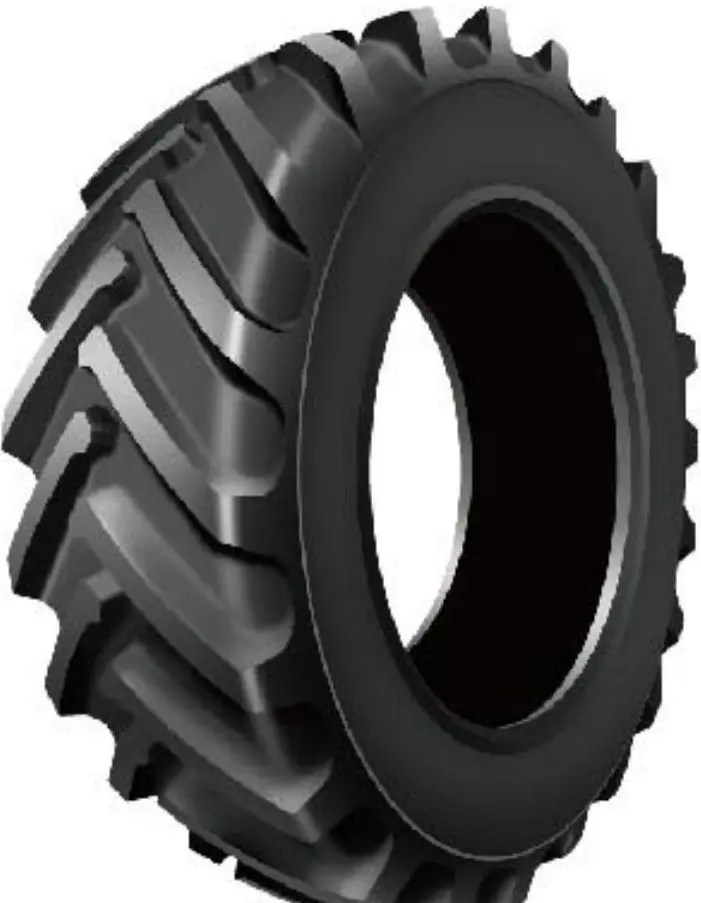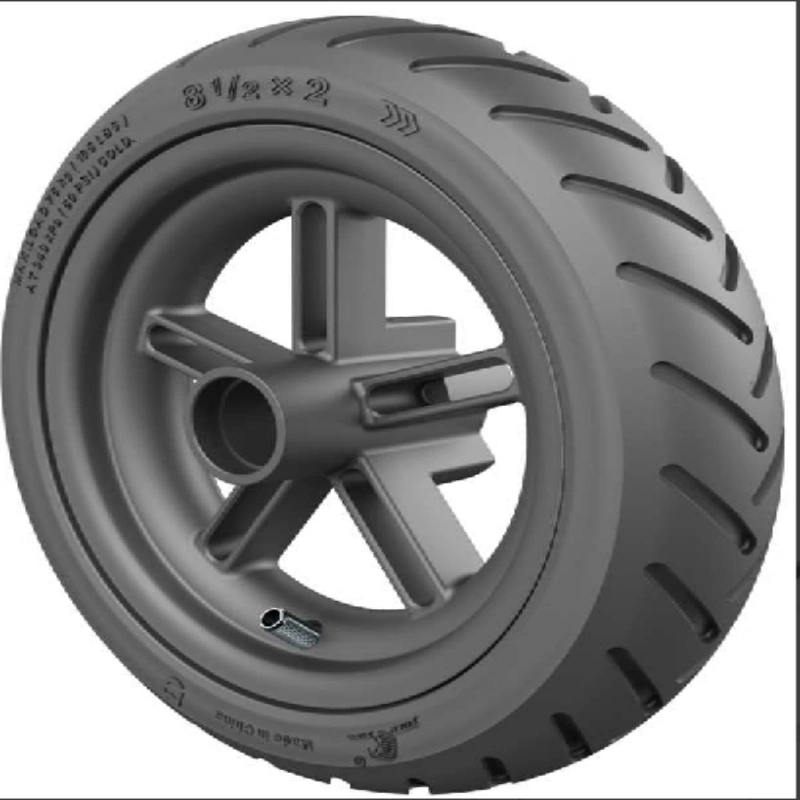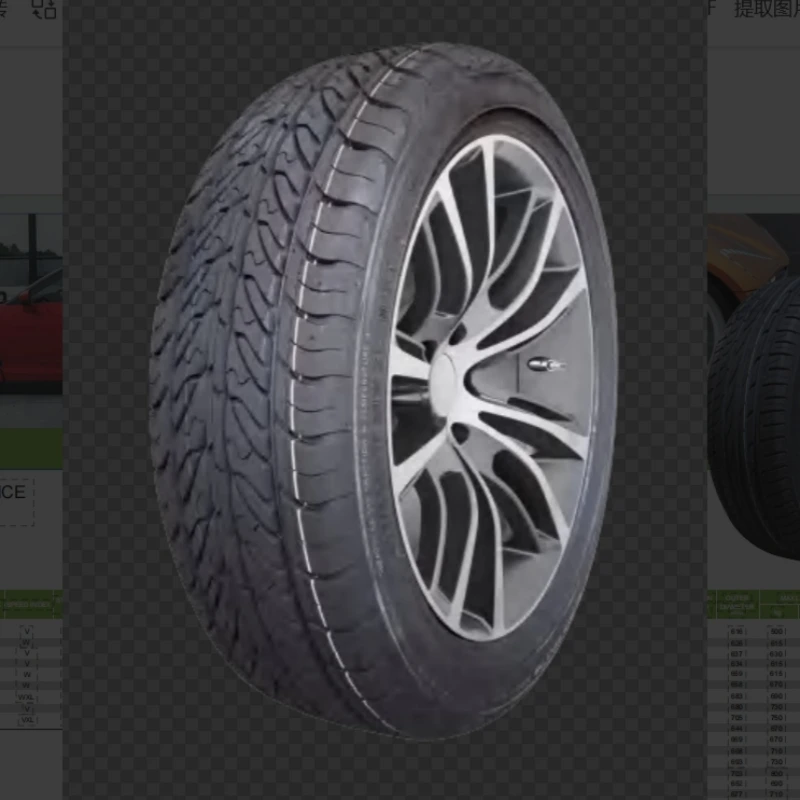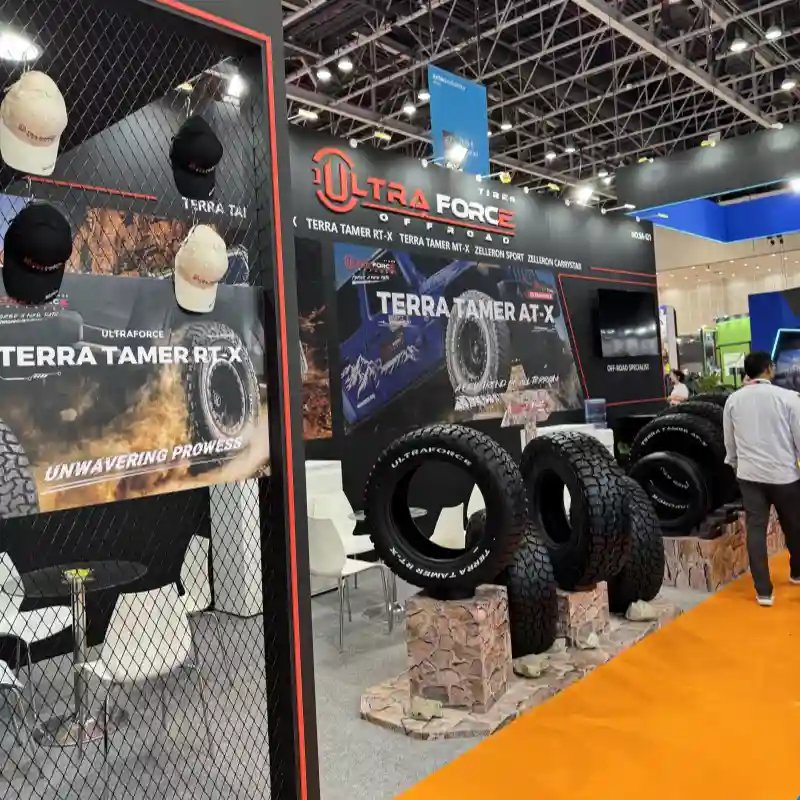The paper begins by introducing the basic structure and classification of agricultural tires, followed by a detailed analysis of their specific applications in tractors and performance requirements. Subsequently, it explores innovative advancements in agricultural tire technology, including progress in materials, tread design, and intelligent monitoring. Finally, the article looks ahead to future trends in agricultural tires, providing valuable insights for research and applications in related fields.
Keywords
agricultural tires; tractors; traction performance; soil protection; technological innovation
Introduction
Agricultural tires, as the only point of contact between tractors and the ground, play a vital role in agricultural production. With the rapid development of modern agricultural mechanization, the working environments for tractors have become increasingly complex, demanding higher performance from agricultural tires. High-quality agricultural tires not only enhance a tractor's traction and fuel efficiency but also effectively reduce soil compaction damage, protecting farmland ecosystems. This article aims to comprehensively analyze the current applications of agricultural tires in tractors, explore their technological evolution, and forecast future trends, providing theoretical support for the advancement of agricultural mechanization.
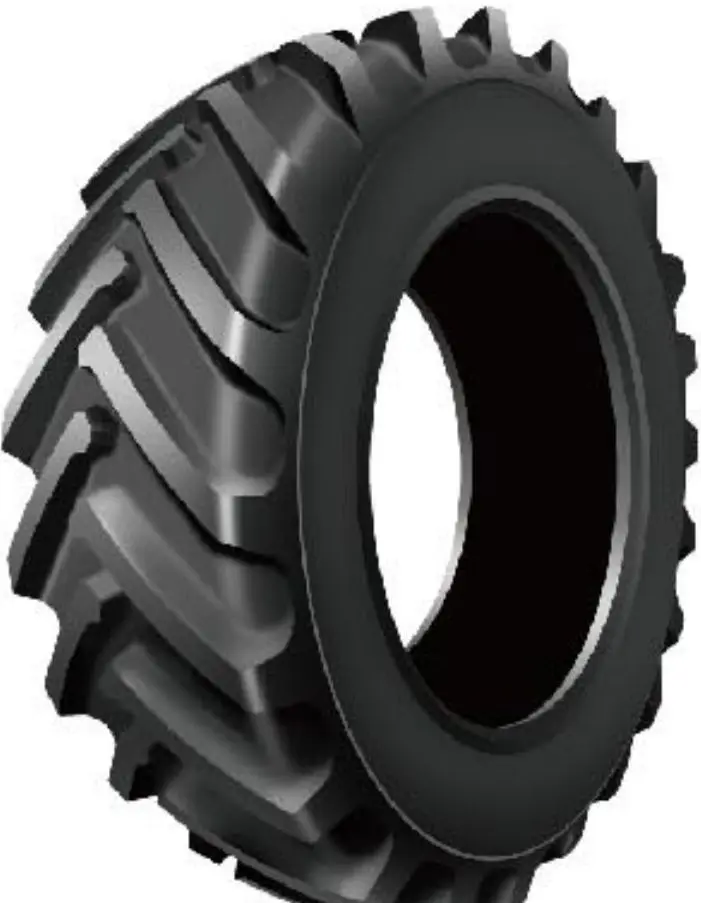
1. Basic Structure and Classification of Agricultural Tires
Agricultural tires are specialized tires designed for agricultural machinery, featuring structural characteristics distinct from conventional tires. A typical agricultural tire consists of a tread, sidewall, carcass, and bead. The tread often employs unique patterns to enhance traction; the sidewall is thicker to withstand lateral forces during fieldwork; the carcass uses multiple layers of fabric to bear heavy loads; and the bead ensures a tight fit between the tire and rim. These specialized structures enable agricultural tires to maintain optimal performance in soft, muddy field conditions.
Based on their purpose and structural features, agricultural tires can be categorized into several types. By usage, they are primarily divided into drive tires, steering tires, and trailer tires. Drive tires are mounted on tractor drive wheels, featuring deep and wide treads for maximum traction; steering tires are installed on steering wheels, with shallower treads to ensure maneuverability; and trailer tires are used for agricultural trailers, emphasizing load-bearing capacity. Structurally, they are classified into bias-ply tires and radial tires. Bias-ply tires have a simple structure and lower cost but inferior performance, while radial tires offer superior performance at a higher price and are gradually becoming the mainstream choice.
2. Applications of Agricultural Tires in Tractors
In tractor operations, the performance of agricultural tires directly affects overall efficiency. Traction is one of the most critical metrics for agricultural tires, as strong traction ensures minimal slippage in soft soil, improving operational efficiency. Modern agricultural tires have significantly enhanced traction through optimized tread designs and rubber compounds. For example, some high-end agricultural tires employ "stepped" tread patterns to maintain excellent traction across various soil conditions.
Fuel efficiency is another key metric. Studies show that tire rolling resistance accounts for 20%-30% of a tractor's total energy consumption. Low-rolling-resistance tires can substantially reduce fuel consumption. Some advanced agricultural tires have reduced rolling resistance by over 15% through optimized carcass structures and specialized rubber composites. Additionally, agricultural tires play a crucial role in soil protection. Traditional tires, due to high ground pressure, often cause soil compaction, hindering crop root development. Modern agricultural tires mitigate soil compaction by increasing contact area and reducing inflation pressure.
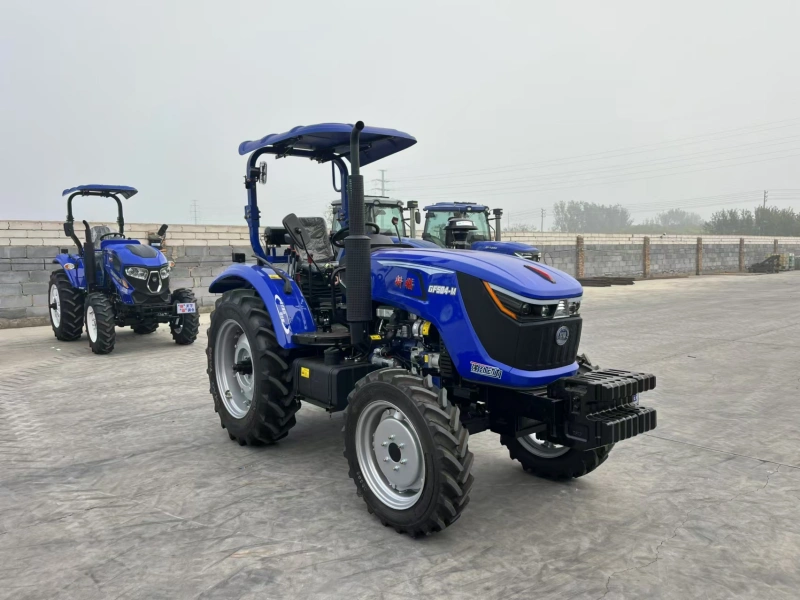
3. Technological Innovations and Developments in Agricultural Tires
In recent years, agricultural tire technology has made significant strides. In materials, the use of new rubber composites and high-strength cords has greatly improved wear resistance and load-bearing capacity. Some manufacturers have developed tread compounds with silica-based additives, enhancing traction while reducing rolling resistance. In tread design, computer-aided design and simulation technologies have enabled more scientific and rational patterns. For instance, some tires feature asymmetric tread designs to maintain optimal performance under varying working conditions.
Intelligent monitoring is an emerging direction in agricultural tire development. Embedded sensors can track real-time data such as tire pressure, temperature, and wear, helping operators optimize usage and extend tire lifespan. Some advanced systems can even automatically adjust pressure based on real-time data to suit different working conditions. Additionally, eco-friendly agricultural tires are gaining attention, with research underway on biodegradable materials and environmentally sustainable manufacturing processes.
4. Selection and Maintenance of Agricultural Tires
Proper selection and maintenance of agricultural tires are essential for ensuring tractor performance and extending tire lifespan. When selecting tires, factors such as tractor type, working environment, and load requirements should be considered. Large tractors benefit from radial tires for better performance; deep-tread, large-contact-area tires are ideal for soft soil; and heavy-duty operations require high-load-capacity tires. Additionally, proper matching of front and rear tires is crucial to avoid performance losses due to mismatches.
Routine maintenance includes regular pressure checks, clearing debris from treads, avoiding overloading and high-speed travel, among others. Overinflation reduces contact area, diminishing traction and increasing soil compaction, while underinflation causes overheating and premature wear. Weekly pressure checks are recommended, with adjustments made according to specific working conditions. During storage, tires should be kept away from direct sunlight and oil exposure, and elevated when not in use for extended periods. Scientific selection and proper maintenance can maximize tire performance and lifespan.
5. Conclusion
As a critical component of tractors, agricultural tires significantly influence agricultural productivity and soil protection. With advancements in materials science, design methodologies, and smart technologies, agricultural tires are rapidly evolving toward high performance and low environmental impact. In the future, with the rise of precision and smart agriculture, agricultural tires will become more intelligent and specialized, providing robust support for agricultural mechanization. Manufacturers should increase R&D investments to drive innovation and meet the growing demands of modern agriculture. Meanwhile, tractor factory should prioritize proper tire selection and maintenance to fully leverage their performance advantages.
References
Zhang Mingyuan, Li Hongmei. Research on the Development of Modern Agricultural Tire Technology. Journal of Agricultural Machinery, 2020, 51(3): 1-12.
Smith, J., & Johnson, A. "Advanced Tire Technologies for Agricultural Applications". Journal of Agricultural Engineering, 2019, 45(2): 89-104.
Chen Zhiqiang, Wang Lihua. Design and Performance Analysis of Radial Agricultural Tires. Tire Industry, 2021, 41(5): 276-281.
Brown, R., & Davis, M. "Intelligent Tire Systems for Precision Agriculture". Smart Agricultural Technology, 2022, 3: 100-115.
Liu Wei, Sun Fang. Advances in Eco-Friendly Agricultural Tire Materials. Rubber Industry, 2023, 70(1): 45-52.
